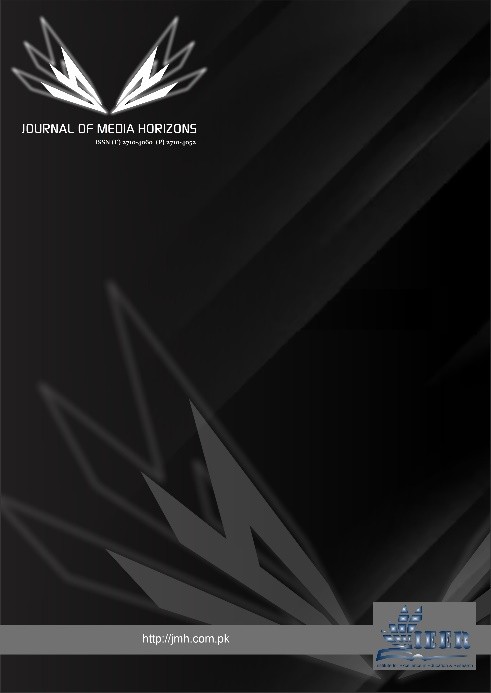CHILDREN OF HEAVEN: COVERAGE OF APS SCHOOL ATTACK IN NATIONAL AND INTERNATIONAL MEDIA
Keywords:
Media, Lexical Analysis, American Media, Indian Media, Pakistani Media, Multi-perspective, Media PerspectiveAbstract
The discourse build within in any narrative often has the quality of multi-perspectivity, where facts can be blurred, and reality can be manipulated. The present paper analyzes the embedded multi-perspectivity in the narrative of Peshawar massacre where American, Indian and Pakistani medias have built their own respective discourses to present the issue in front of the audiences. The issue at hand is to explicate the convergence and divergence of frames employed by various medias under discussion to highlight how multiple level views are generated through single event. The Pakistani media framed the issue as the after math of Zarb-e- Azab operation, whereas American media tied it with Malala’s narrative. The Indian Media build the narrative around 26/11 and rejected Indian involvement in the atrocity. On the deeper level, the framings employed by all the medias under discussion highlight the vulnerability of security in Pakistan, yet the patriotic stance, blame game, misrepresentations, hate speech, along with strong message of abhorrence for violence add both convergence and divergence in each Multiperspective narratives about Peshawar incident. The reason for divergences in the narratives lies both in political as well as cultural patterns of all the medias under study. As the social responsibility on part of media cannot be denied, there is a need to educate the journalists not to be media frenzy but be responsible enough to present the facts and figures without vague or multi- embedded lexical items.
Downloads
Published
Issue
Section
License

This work is licensed under a Creative Commons Attribution-NonCommercial-NoDerivatives 4.0 International License.



















